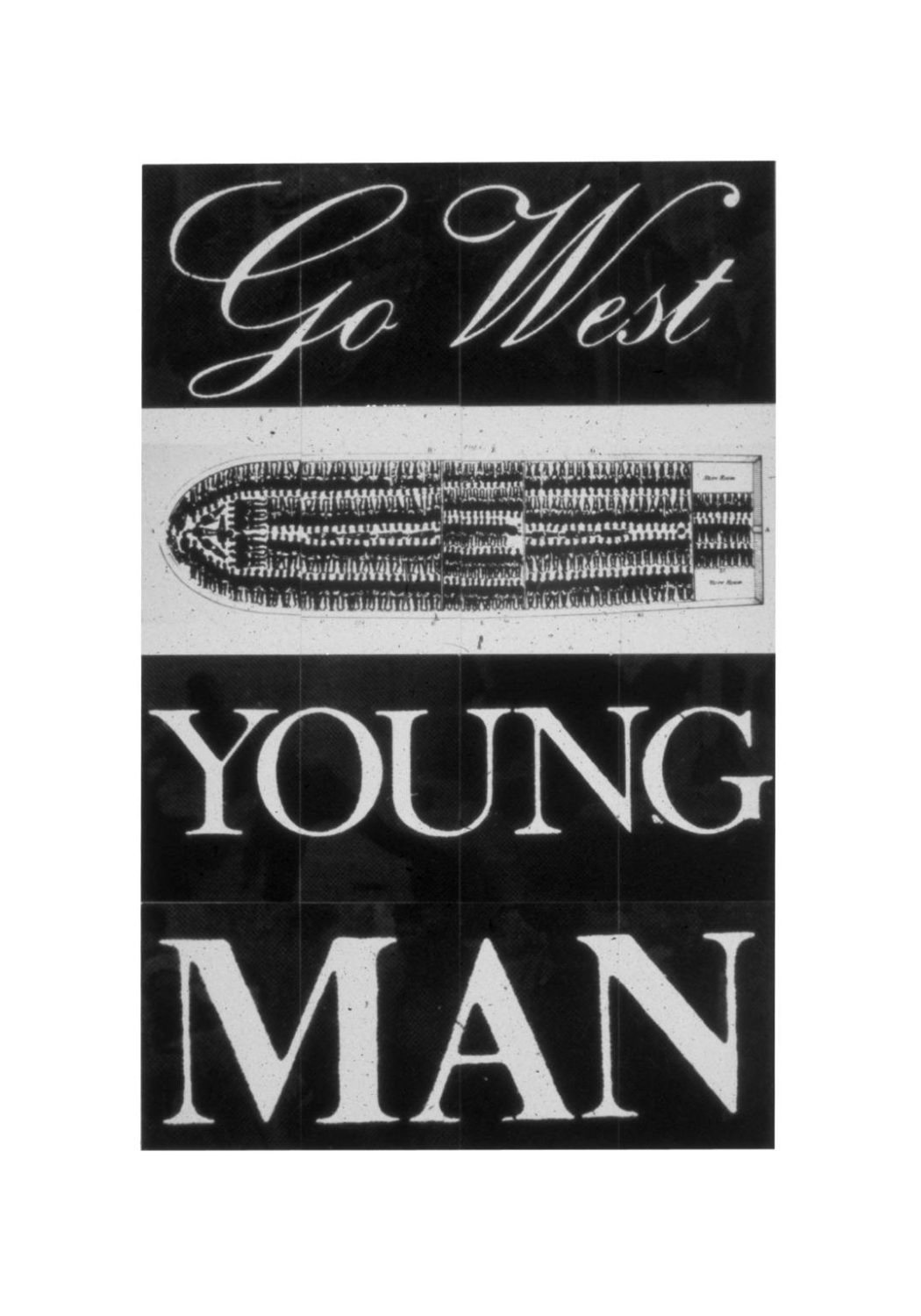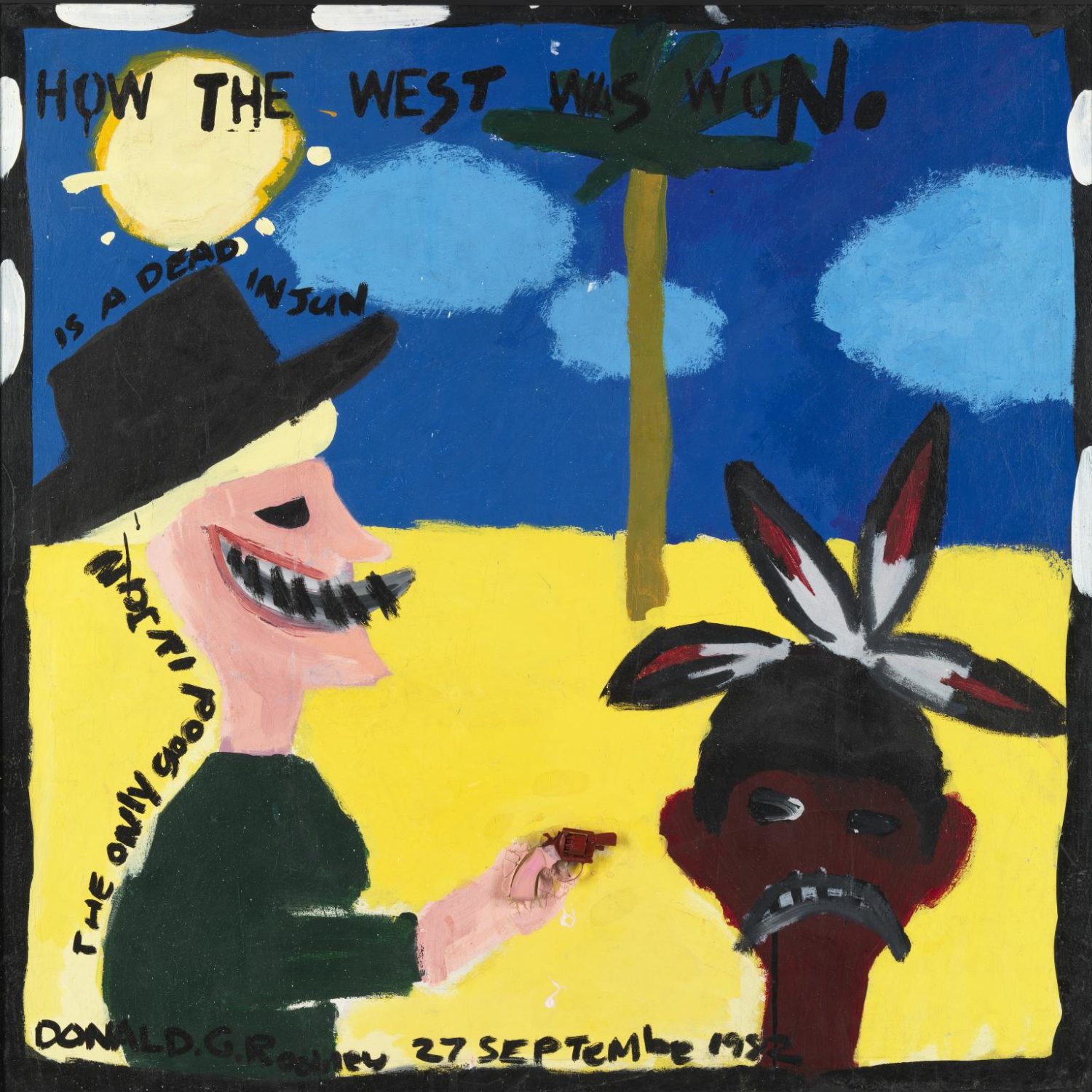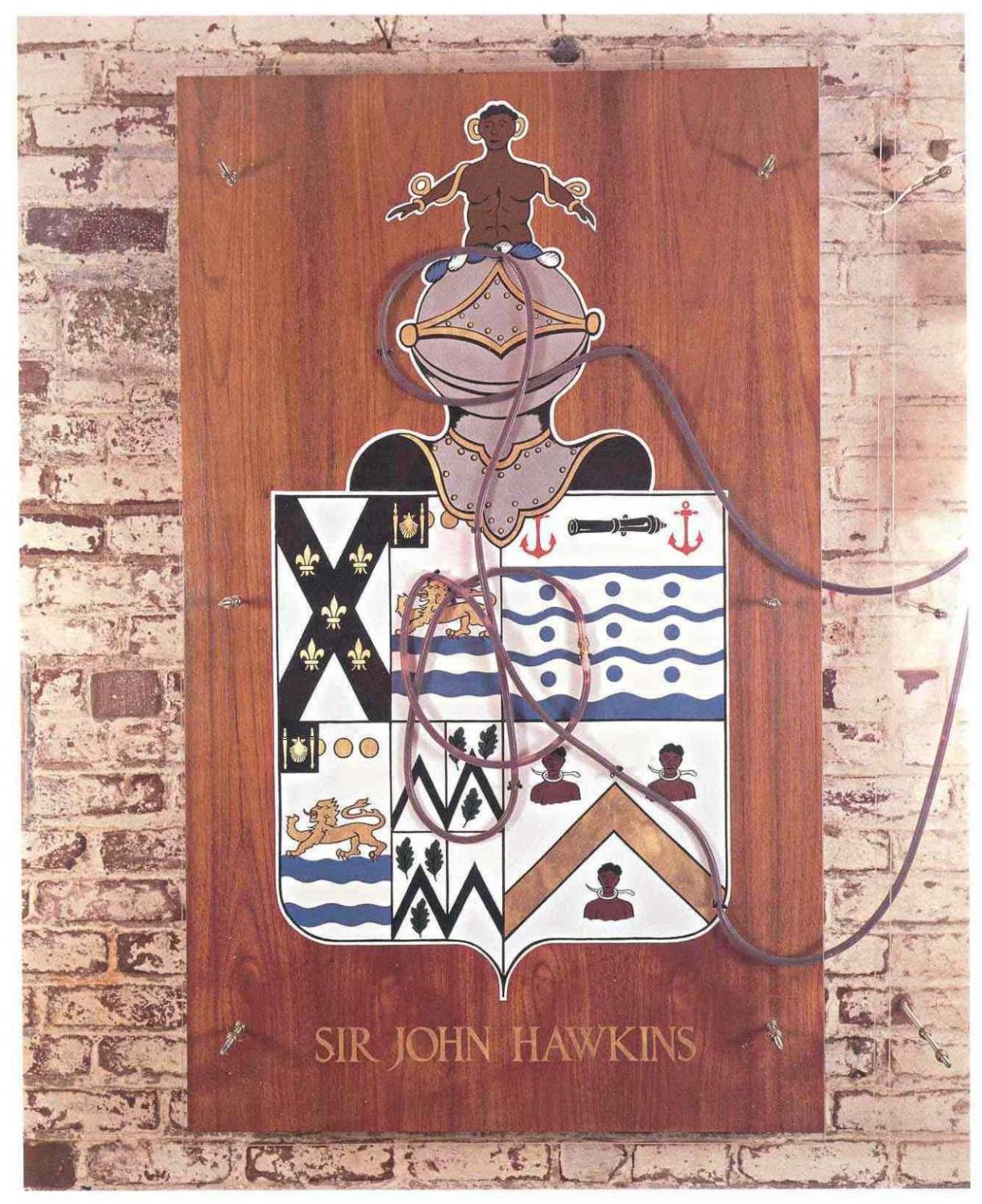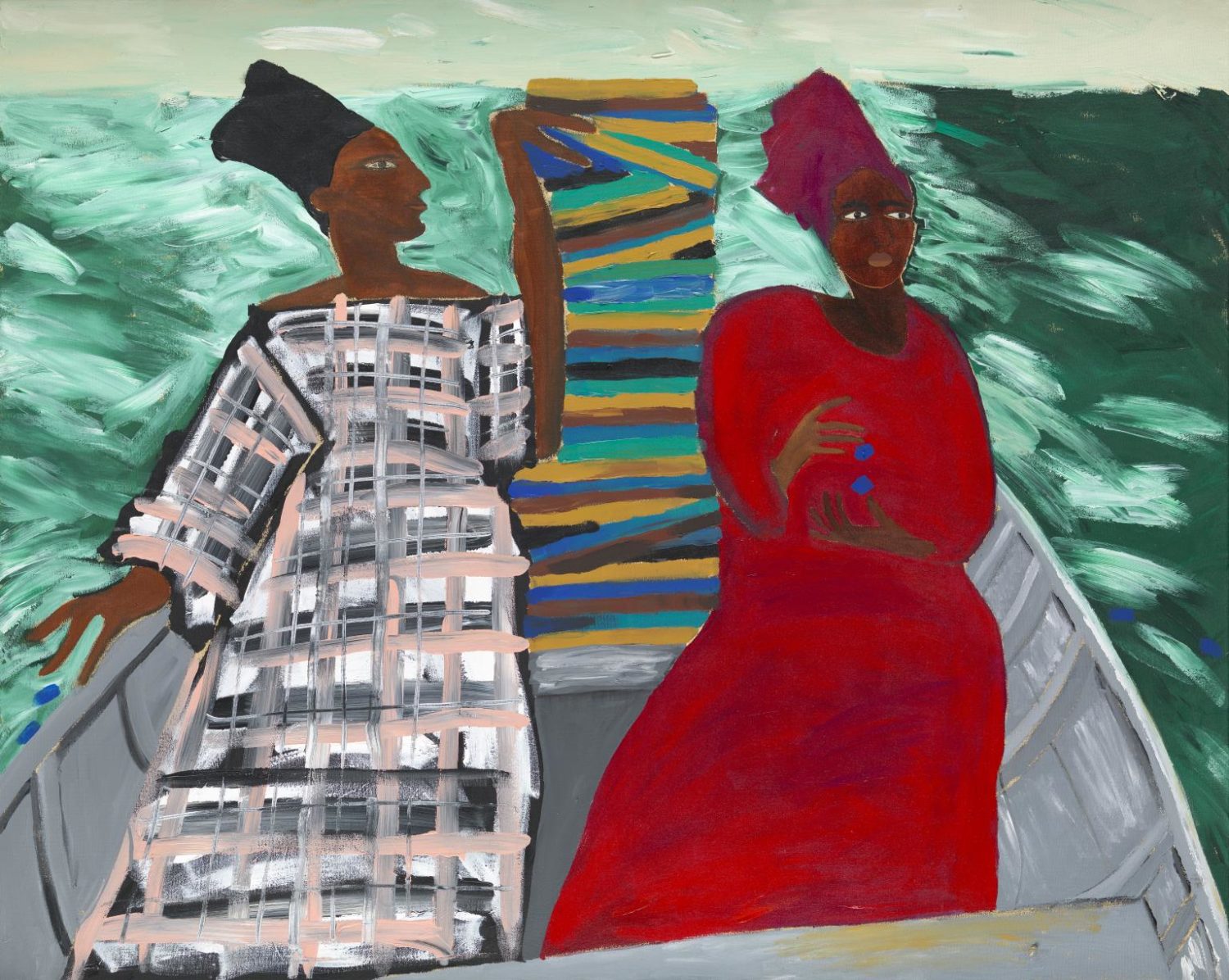The BLK Art Group: Reflecting On Britain’s Instrumental Black Arts Movement Of The 80s
By Something CuratedBorn in Wolverhampton, England, in 1979, The BLK Art Group, originally self dubbed the Pan-Afrikan Connection, was an association of young Black artists who, inspired by America’s Black Arts Movement (BAM), sought to empower and amplify Black voices and resources within Britain. All of the members of the group were children of Caribbean migrants largely raised in the industrial landscape of the West Midlands. Operating for about five years, the group’s emergence came at a critical time globally and within British politics.

The late 1970s through to the 80’s saw the British economy in regression, while a burgeoning number of educated young Black students graduated. Unemployment was at a peak, institutions like the police and army were notoriously racist and there remained a severe level of neo-Fascist ideology seeping through society. With its large population of frustrated immigrants and disenfranchised groups, the Midlands was primed for a revolution. Amongst its members were young artists seeking to form an assertive identity, ready to challenge the ideas of culture, Blackness and race-relations within the UK.

The BLK Art Group’s aim was to raise the profile of Black artists and the Afro-Caribbean community through a series of projects and exhibitions. Their thinking reflected on Britain’s colonial history as well as taking influences from the American Civil Rights Movement, and the on-going fight to end South Africa’s apartheid. The BLK Art Group’s first exhibition, Black Art An’ Done, was held at Wolverhampton Art Gallery and focused on the concerns of the Black community and racial prejudice. The group endeavoured to empower Black artists as well as encouraging young White artists to be more socially relevant in their practice.

Figures associated with the group include Eddie Chambers, Dominic Dawes, Lubaina Himid, Claudette Johnson, Wenda Leslie, Ian Palmer, Keith Piper, Donald Rodney, and Marlene Smith. In 1983 the group organised the First National Black Art Convention at the Polytechnic in Wolverhampton where many of its members studied. Their work was both inspired and promoted by the cultural theorist Stuart Hall, who was one of the main proponents of reception theory, particularly in relation to race and the media. Many of the artists affiliated with the BLK Art Group went on to participate in the British Black arts movement.

The group were highly influential in de-imperialising the institutional mind and in shifting the nature and perception of British culture. A key moment in the British Black arts movement was the exhibition The Other Story staged at the Hayward Gallery in 1989 and curated by Rasheed Araeen. Featuring Modern artists of African, Caribbean and Asian ancestry, the show revealed how these artists had been discriminated against in the West. Among others still practicing from The BLK Art Group, Lubaina Himid established a prolific artistic career winning the Turner Prize in 2017, and Marlene Smith remains active in the art scene, having acted as director of The Public art gallery until its recent closure.
Feature image: Donald Rodney, In the House of My Father, 1997. Arts Council Collection, Southbank Centre, London © The estate of Donald Rodney